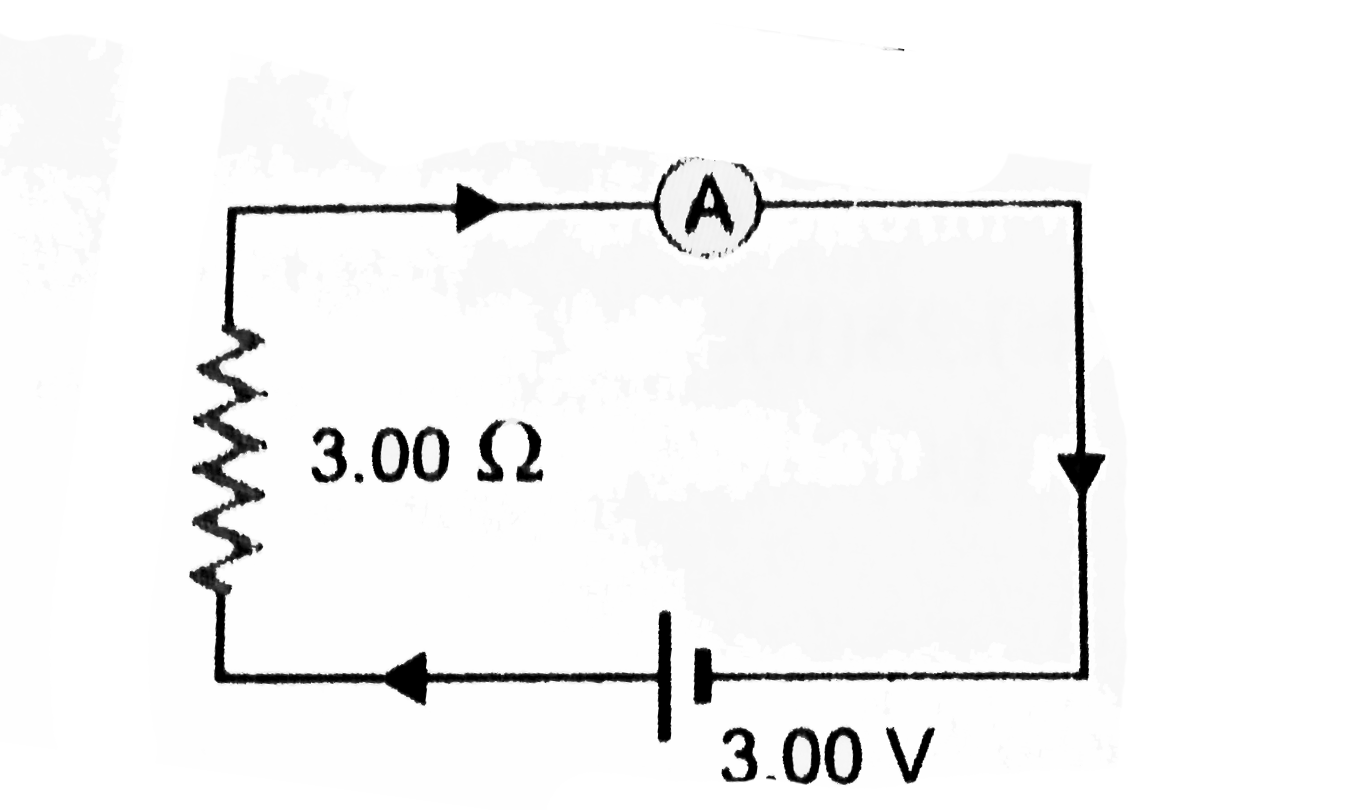What is a shunt ? State the functions of the shunt in modiyfying a galvanometer to an ammeter.
Step-by-Step Solution:
1. Definition of a Shunt:
A shunt is defined as a low resistance that is connected in parallel with a circuit element. In the context of a galvanometer, it is used to allow a portion of the current to bypass the galvanometer.
2. Purpose of a Shunt in a Galvanometer:
A galvanometer is a sensitive instrument that can detect small currents. However, it is not suitable for measuring large currents directly because it could get damaged or give inaccurate readings. To modify a galvanometer into an ammeter (which measures larger currents), a shunt is used.
3. How the Shunt Works:
When a shunt is connected in parallel with the galvanometer, it allows a large part of the current to flow through the shunt instead of the galvanometer. This means that only a small fraction of the total current flows through the galvanometer, preventing it from being overloaded and ensuring it operates within its safe range.
4. Functions of the Shunt:
- Lowering Effective Resistance: The shunt lowers the effective resistance of the circuit, allowing more current to flow through the ammeter.
- Diverting Current: It diverts a significant portion of the current away from the galvanometer, ensuring that the galvanometer only measures a small, manageable amount of current.
- Range Adjustment: By selecting the appropriate value of the shunt resistance, the range of the ammeter can be adjusted, allowing it to measure different levels of current.
Summary:
In summary, a shunt is a low resistance connected in parallel with a galvanometer to convert it into an ammeter. It allows for the measurement of larger currents by diverting most of the current away from the sensitive galvanometer, thus protecting it and enabling it to function effectively.
---
A shunt is defined as a low resistance that is connected in parallel with a circuit element. In the context of a galvanometer, it is used to allow a portion of the current to bypass the galvanometer.
A galvanometer is a sensitive instrument that can detect small currents. However, it is not suitable for measuring large currents directly because it could get damaged or give inaccurate readings. To modify a galvanometer into an ammeter (which measures larger currents), a shunt is used.
When a shunt is connected in parallel with the galvanometer, it allows a large part of the current to flow through the shunt instead of the galvanometer. This means that only a small fraction of the total current flows through the galvanometer, preventing it from being overloaded and ensuring it operates within its safe range.
- Lowering Effective Resistance: The shunt lowers the effective resistance of the circuit, allowing more current to flow through the ammeter.
- Diverting Current: It diverts a significant portion of the current away from the galvanometer, ensuring that the galvanometer only measures a small, manageable amount of current.
- Range Adjustment: By selecting the appropriate value of the shunt resistance, the range of the ammeter can be adjusted, allowing it to measure different levels of current.
In summary, a shunt is a low resistance connected in parallel with a galvanometer to convert it into an ammeter. It allows for the measurement of larger currents by diverting most of the current away from the sensitive galvanometer, thus protecting it and enabling it to function effectively.
Topper's Solved these Questions
- SHORT ANSWER QUESTIONSBook:NAVNEET PUBLICATION - MAHARASHTRA BOARDChapter:SHORT ANSWER QUESTIONSExercise:Magnetism
Explore 5 Videos
- SHORT ANSWER QUESTIONSBook:NAVNEET PUBLICATION - MAHARASHTRA BOARDChapter:SHORT ANSWER QUESTIONSExercise:Atoms, Molecules and Nuclei
Explore 5 Videos
- SHORT ANSWER QUESTIONSBook:NAVNEET PUBLICATION - MAHARASHTRA BOARDChapter:SHORT ANSWER QUESTIONSExercise:Electrostatics
Explore 1 Video
- QUESTION BANK 2021Book:NAVNEET PUBLICATION - MAHARASHTRA BOARDChapter:QUESTION BANK 2021Exercise:Semiconductors Devices (Long Answer ( LA) ( 4 marks Each) )
Explore 3 Videos
- SOLVED PROBLEMS - I Book:NAVNEET PUBLICATION - MAHARASHTRA BOARDChapter:SOLVED PROBLEMS - I Exercise:ASSIGNMENTS
Explore 24 Videos
Similar Questions
Knowledge Check
The function of shunt resistance in ammeter is
Ait lowers resistance of galvanometerBit protects galvanometerCit decides range of ammeterDall of theseThe combined resistance of the shunt and the galvanometer is
A3665ΩB111ΩC107.7ΩD3555.3ΩA galvanometer of resistance RG is to be converted into an ammeter, with the help of a shunt of resistance R. If the ratio of the heat dissipated through galvanometer and shunt is 3:4, then
AR=34RGB43RG=RC9R16=RGD16R9=RG
An ammeter gives full scale deflection with a deflection for a current of 0⋅05A. Calculate the length of shunt wire required to convert the galvanometer into an ammeter of range 0 to 5A. The diameter of the shunt wire is 2mm and its resistivity is 5×10−7Ωm.
View SolutionA galvanometer of resistance 50Ω gives full deflection for a current of 0⋅05A. Calculate the length of shunt wire required to convert the galvanometer into an ammeter of range 0 to 5A. The diameter of the shunt wire is 2mm and its resistivity is 5×10−7Ωm.
View SolutionIn the circuit shown in figure, the current is to measured. What is the value of the current if the ammeter shown (i) is a galvanometer with a resistance RG=60⋅00Ω. (ii) is a galvanometer described in (i) but converted to an ammeter by a shunt resistance rs=0⋅02Ω, (iii) is an ideal ammeter with zero resistance?

View SolutionWhat is the effect on the current measuring range of a galvanometer when it is shunted?
View SolutionWhat is shunt? State its uses. Find the relation for the current through shunt in terms of resistance of galvanometer and shunt.
View Solution

